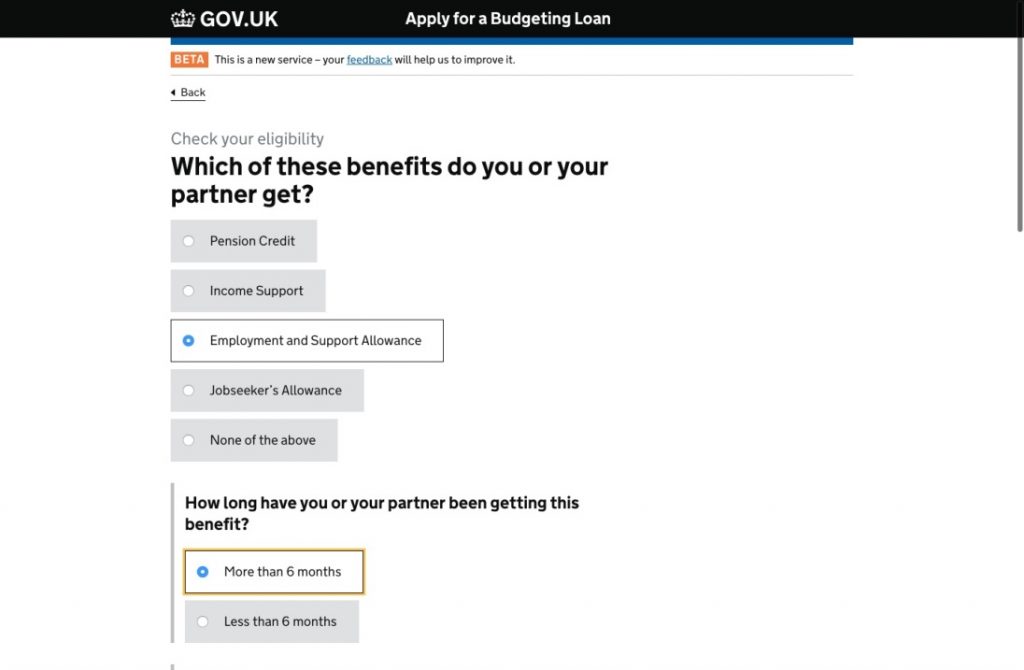In the second of his blogs on how DWP Digital's data team use Google Analytics, head of digital performance analytics Mike Suter-Tibble looks at the importance of linking online activity to outcomes.
One of the particular challenges for Digital Performance Analysts in DWP is that most services’ outcomes aren’t actually online.

For example, currently, a user applying for a Budgeting Loan can only get as far as sending their application online; their application then has to be processed to check they’re receiving a qualifying benefit, do not owe more than a certain amount to the Social Fund etc. They might be eligible, and receive a Budgeting Loan, but they might not.
Tracking activity after users click 'submit'
Users who get as far as submitting an application but don’t receive the loan have spent time needlessly. Similarly, DWP staff have spent time processing an application that won’t result in a loan. All of this takes place after the submit button has been clicked, and is invisible to the analytics on the service.
Online retailers don’t tend to have this problem; because users pay for their purchases online, analytics can identify those who bought something and those who didn’t.
All’s not lost though; it’s possible to import data from other sources into Google Analytics. This means we can import data on whether applications were successful or not into Google Analytics, as long as we have some way of matching the data on outcomes with online sessions.
Getting creative to match the data sources
We’ve had to be a bit creative about how we match these data sources, because it’s not always straightforward matching admin data with analytics.
In the case of Budgeting Loans, we record a unique random character string in Google Analytics for each online session, which we call the session ID. When someone hits the final ‘submit’ button, the session ID is added to the claim details that are entered into the admin system.

When the application is processed, the processing staff add either a Y (for successful applications) or an N (for unsuccessful ones) to the end of the session ID in the admin system. We run regular scans of the admin system, which pull out all the session IDs. We can then upload to Google Analytics the outcome for each online session where the user reached the end-point of the digital journey.
This means we can identify and create segments of users whose applications were successful, and those whose weren’t. We can then look at the behaviour of users who submit an application but aren’t awarded the benefit, to see if there’s a way we can improve the messaging around eligibility criteria, for example. For services where we’re undertaking marketing, we can also measure which channels are most effective at delivering high-quality traffic to the service.
The importance of linking behaviour to outcomes
If we don’t link online behaviour and outcomes, we’re not looking at the whole journey, and there’s a risk of optimising the service for clicks on the submit button rather than the service’s actual objective.
Although it’s often challenging, ensuring there’s a way to link online sessions and service outcomes can be one of the most rewarding parts of our work to implement analytics on services.
